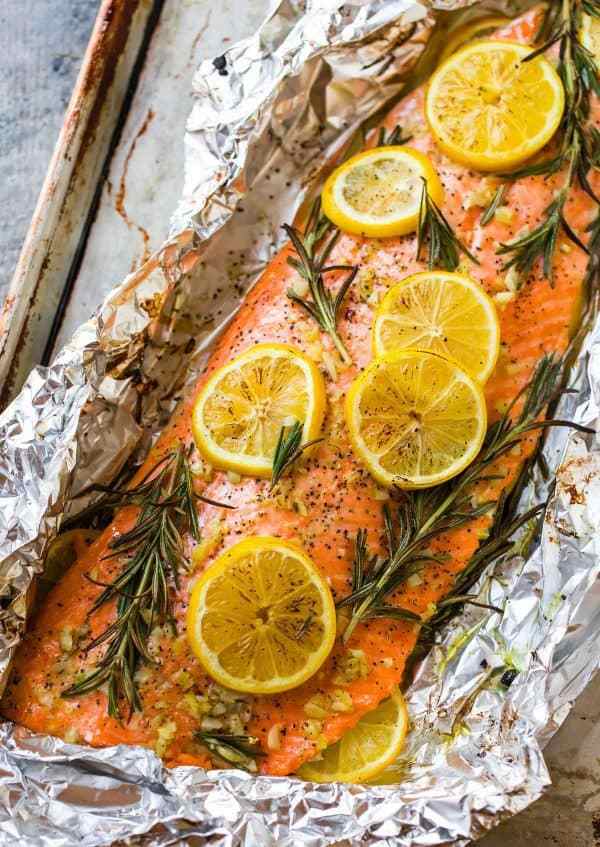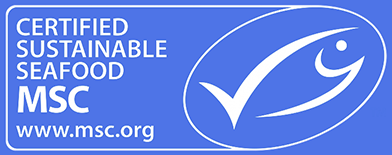Kenai-Red Fish Company produces a variety of wild seafood, but our primary focus is Alaskan salmon. There is an impressive list of all the health benefits of eating wild Alaskan salmon. Simply put, it’s about the healthiest thing you can eat.
Besides the great taste, Wild Alaska Salmon is:
- Free from artificial coloring, growth hormones, and other unnatural chemicals
- High in Omega-3 oils which have been shown to lower cholesterol and decrease the risk of heart disease as well as lowering triglycerides
- Naturally abundant in many essential nutrients and vitamins including Vitamins A, C, D and E, niacin and Vitamin B-12
- An excellent source of protein
- Low in saturated fats and low in calories
Our wild Alaska salmon spend their lives swimming upstream and eating in icy cold water, creating beautiful, red fish, high in heart healthy Omega-3 and low in Omega-6 oils, whereas farm-raised salmon are kept in pens, fed grain and are unable to swim, which produces fish high in unhealthy fats. They are also fed antibiotics to reduce disease and are dyed to look like fish living naturally in the wild.
What is Omega-3?
Omega-3 fatty acids are considered essential fatty acids and are necessary for human health, but the body can’t produce them. We have to get them through food. Omega-3 fatty acids are found in fish, such as salmon, tuna, and halibut. These fatty acids play a crucial role in brain function, as well as normal growth and development. They have also become popular because they are shown to lower cholesterol and reduce the risk of heart disease. The American Heart Association (AHA) recommends eating foods rich in Omega-3 oils at least twice weekly.
Alaska Salmon has the highest amount of Omega-3 of any fish. Therefore, just one serving per week can help lower cholesterol and reduce the risk of heart disease.







